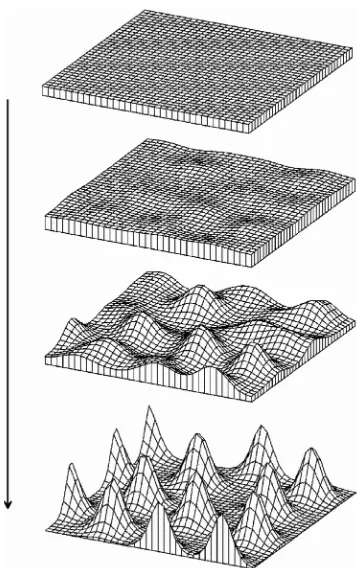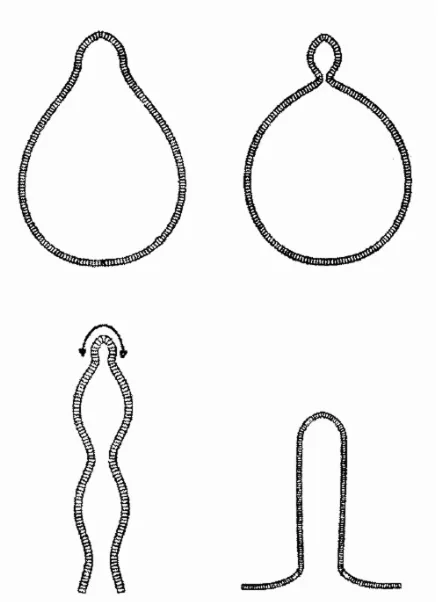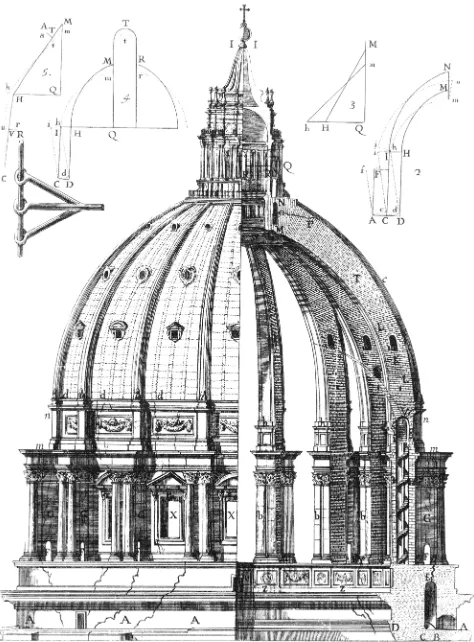The Hydra model a model for what?
Full text
Figure
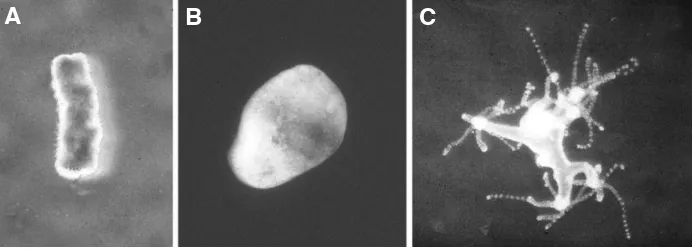
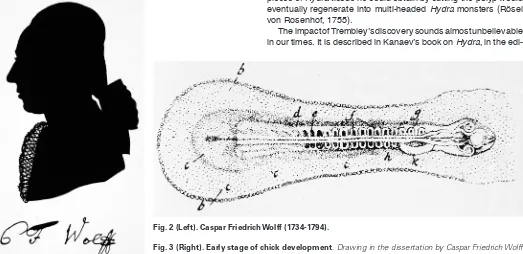
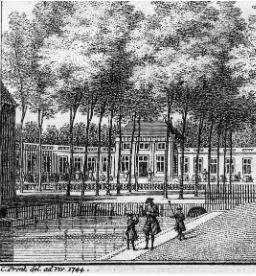

Related documents
The colored lines represent the different LIM calibration experiments using data from the Community Climate System Model v4 (CCSM4), NOAA 20th Century Reanalysis v2 (20CR), Max
Complete list of paralogous gene families in Mycoplasma haemocanis strain Illinois genome assigned by BLASTclust tool provided by Max-Planck Institute for Developmental Biology,
Spiralian model systems JONATHAN Q HENRY* Department of Cell & Developmental Biology, University of Illinois, Urbana, IL, USA ABSTRACT The ?Spiralia? represent one of the three major
Hydra, a model system for environmental studies BRIAN QUINN1,2,*, FRAN?OIS GAGN?3 and CHRISTIAN BLAISE3 1Irish Centre for Environmental Toxicology, Galway Mayo Institute of
How to use Hydra as a model system to teach biology in the classroom PATRICIA BOSSERT1 and BRIGITTE GALLIOT*,2 1University of Stony Brook, New York, USA and 2 Department of Genetics
Huber3065 4 pm Dissecting hematopoietic differentiation using the embryonic stem cell differentiation model TARA L HUBER* Stem Cell and Developmental Biology Department, Genome Institute
Ticle 1 Limb development an international model for vertebrate pattern formation CHERYLL TICKLE* Department of Anatomy and Developmental Biology, University College London, London,
Department of Cell and Developmental Biology, Max Planck Institute for Molecular Biomedicine, Münster, Germany 09:30-10:00 Generation of embryonic stem cells from mouse and
